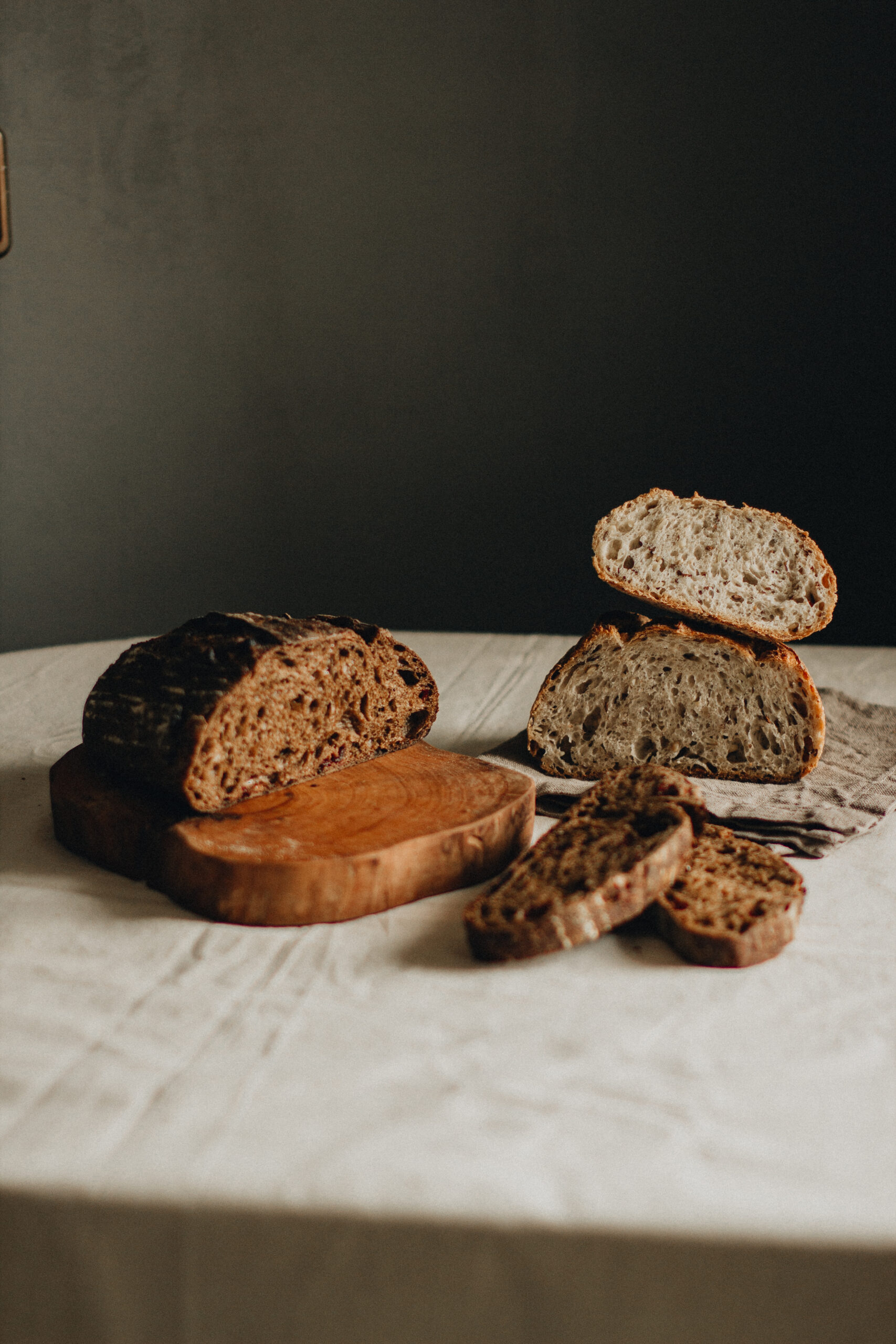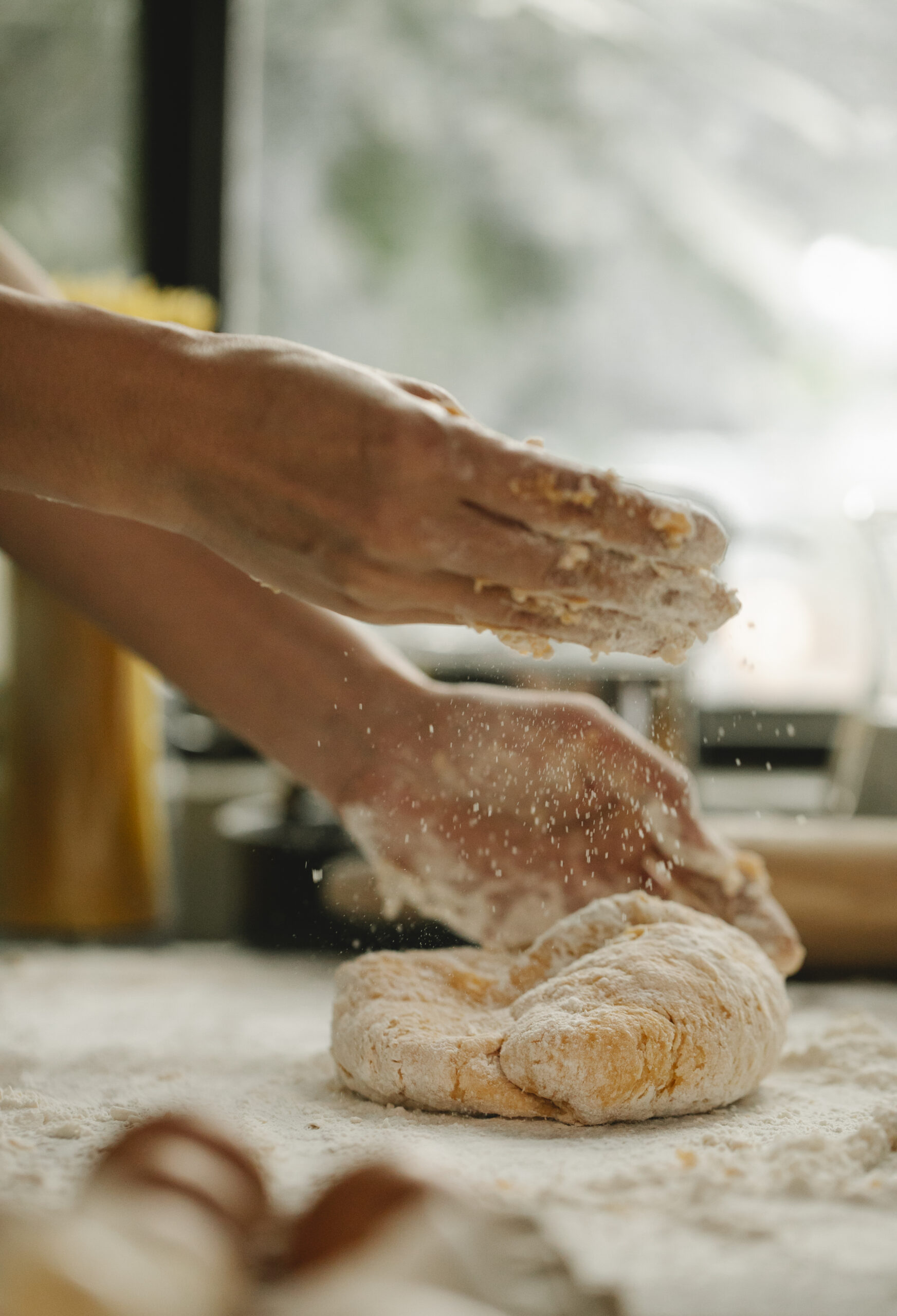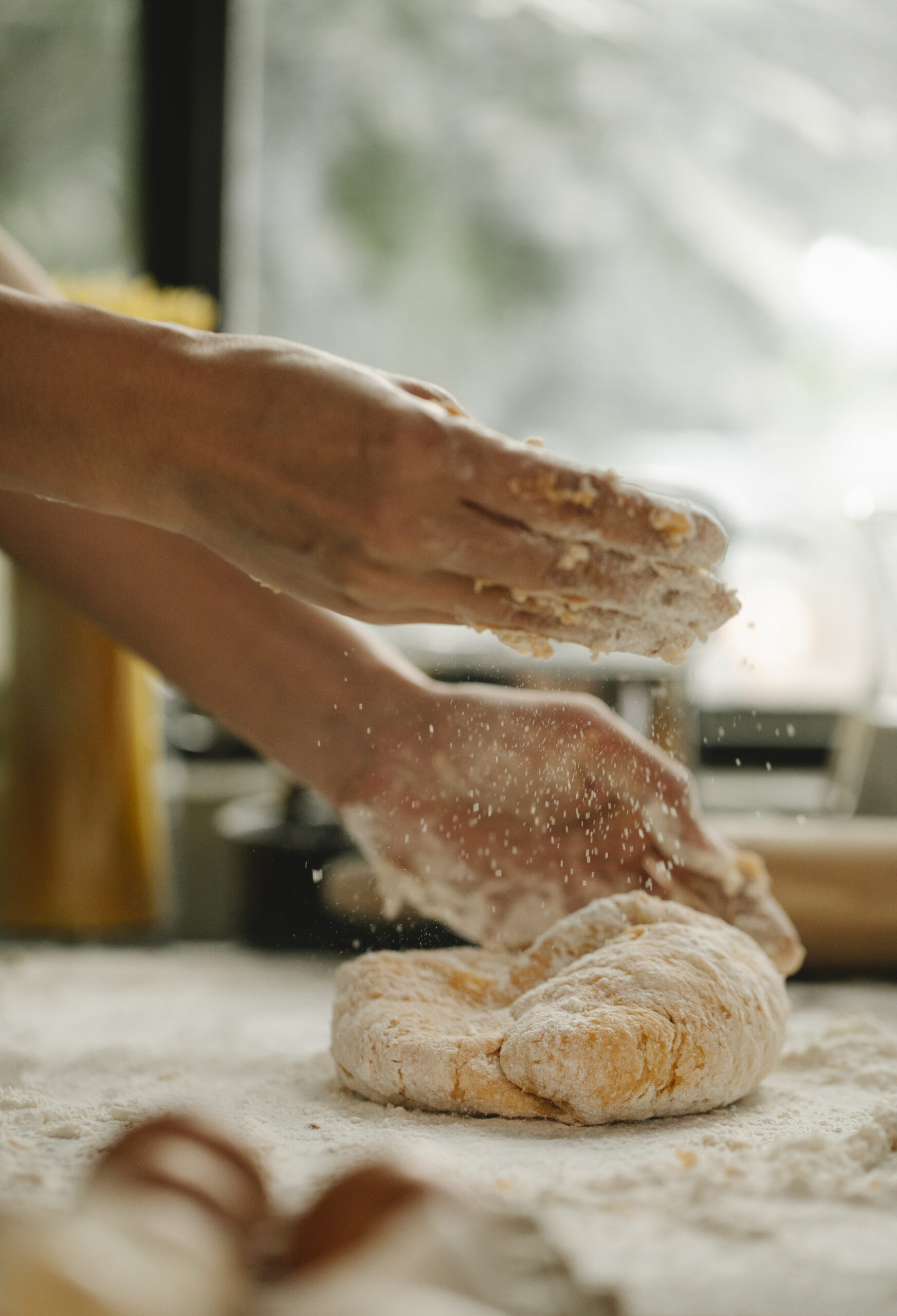Get ready to elevate your cooking skills with Tastepan’s expert tips and techniques. From sharpening your knife skills to mastering the art of grilling, we’ve got you covered. But today, we’re here to unlock the secrets of blanching and shocking in cooking. Whether you’re a seasoned chef or a kitchen newbie, this article will guide you through the ins and outs of these culinary techniques, helping you achieve perfectly cooked vegetables and stunningly vibrant colors in your dishes. So, grab your apron, sharpen your knives, and let’s dive into the art of blanching and shocking in cooking!

What is Blanching?
Definition of blanching
Blanching is a cooking technique that involves briefly immersing food items, such as vegetables or fruits, in boiling water or steam and then immediately cooling them in ice water. The process helps to preserve the color, texture, and flavor of the food while also preparing it for further cooking or preserving.
Purpose of blanching
The main purpose of blanching is to partially cook food items and halt the enzymatic activity that causes spoilage in fruits and vegetables. By subjecting them to high heat for a short period of time, blanching can kill bacteria, deactivate enzymes, and soften harder vegetables, making them easier to eat or preserve.
Benefits of blanching
Blanching offers several benefits in cooking. Firstly, it helps to preserve the vibrant color of fruits and vegetables, keeping them visually appealing. Secondly, it helps to remove the skin from certain fruits and vegetables, such as tomatoes or peaches, making them easier to work with. Blanching also helps to retain the texture and flavor of the food, making it more enjoyable to consume. Finally, blanching is often used as a preliminary step in preserving food, as it helps to maintain the quality of frozen fruits and vegetables.
Blanching Techniques
Boiling blanching
Boiling blanching is the most common method of blanching and involves immersing food items in a large pot of boiling water for a brief period. This technique is suitable for most vegetables, as it effectively deactivates enzymes and softens them. However, it may lead to some loss of flavor and nutrients due to leaching.
Steam blanching
Steam blanching involves placing the food items in a steamer or steaming basket and allowing the steam to cook them. This method is ideal for delicate vegetables or items that are prone to break apart in boiling water. Steam blanching helps to retain more nutrients and flavors compared to boiling blanching.
Microwave blanching
Microwave blanching is a quick and convenient method that involves placing the food items in a microwave-safe dish with a small amount of water. The microwave then heats the water and steams the food items. While this method is fast, it may not provide as consistent results as traditional blanching techniques.
Pressure blanching
Pressure blanching is a method that utilizes a pressure cooker to rapidly heat the food items. This technique is suitable for large batches of hard vegetables or items that require higher temperatures. Pressure blanching can help to retain the color, texture, and flavor of the food while also minimizing nutrient loss.

Blanching Equipment
Stockpot or Dutch oven
A stockpot or Dutch oven is an essential piece of equipment for blanching. It should be large enough to hold an ample amount of water and accommodate the food items without overcrowding.
Strainer or colander
A strainer or colander is necessary for draining the blanched food items after they have been cooked. They help to remove excess water and prevent overcooking.
Slotted spoon
A slotted spoon is useful for transferring the blanched food items from the boiling water or steamer to the ice water bath. It helps to minimize the transfer of hot water, ensuring that the food items cool quickly.
Ice bath or cold water
An ice bath, which is a basin or large bowl filled with ice and water, is necessary for rapidly cooling the blanched food items. Alternatively, cold water can be used as a substitute if ice is not available.
Steps for Blanching
Preparing the vegetables
Start by washing and trimming the vegetables, removing any damaged or unwanted parts. Cut them into uniform sizes to ensure even cooking during the blanching process.
Boiling the water
Fill a stockpot or Dutch oven with enough water to fully immerse the vegetables. Bring the water to a rolling boil over high heat.
Adding the vegetables
Carefully add the prepared vegetables to the boiling water. Be sure not to overcrowd the pot, as this can lead to uneven cooking.
Blanching time
Cook the vegetables in the boiling water for the recommended blanching time. This can vary depending on the type and size of the vegetables, so refer to a blanching guide or recipe for specific times.
Draining and cooling the vegetables
Using a slotted spoon, transfer the blanched vegetables from the pot to the ice bath or cold water. Allow them to sit in the cold water for the same length of time as the blanching duration. Once cooled, drain the vegetables using a colander or strainer and pat them dry with paper towels before using or storing.

Uses of Blanching
Preserving food
Blanching is commonly used as a preliminary step in food preservation. By blanching vegetables before freezing them, you can help to maintain their quality, color, and texture for a longer period. Blanching helps to inactivate enzymes that can cause spoilage, and it also kills any bacteria present on the food.
Preparing vegetables for further cooking
Blanching is often used to partially cook vegetables before adding them to other dishes or methods of cooking. By blanching, you can soften the vegetables and reduce their cooking time in subsequent recipes, making them more enjoyable to eat and enhancing their overall texture.
Enhancing color and texture
Blanching is known to enhance the color and texture of fruits and vegetables. By briefly cooking them in boiling water or steam, blanching helps to retain the vibrant colors of certain produce, such as green beans or broccoli. Additionally, blanching can help to maintain the crispness or firmness of vegetables, making them more appealing to the senses when eaten.
Removing skin from fruits and vegetables
Blanching is a useful technique for removing the skin from certain fruits and vegetables. By blanching them in boiling water and then quickly transferring them to an ice bath, the skin becomes easier to peel off. This is particularly handy when working with tomatoes, peaches, or almonds.
What is Shocking?
Definition of shocking
Shocking, also known as “plunging” or “refreshing,” is the process of immediately cooling blanched food items in ice water after they have been cooked. This sudden change in temperature halts the cooking process and cools the food quickly, preserving its color, texture, and flavor.
Purpose of shocking
The main purpose of shocking is to stop the cooking process and prevent overcooking. By rapidly cooling blanched vegetables in ice water or cold running water, shocking helps to lock in their vibrant colors and crisp textures. Additionally, it helps to preserve the nutrients and minimize any loss of flavor.
Benefits of shocking
Shocking offers several benefits in cooking. Firstly, it helps to maintain the appearance of the blanched vegetables by preserving their vibrant colors. Secondly, it helps to retain the desired texture, keeping the vegetables crisp and firm. Shocking also helps to lock in the flavors and nutrients of the food, ensuring a more enjoyable eating experience. Lastly, shocking can help to reduce cooking time in subsequent recipes, as the partially cooked vegetables can be quickly reheated or added to other dishes.
Shocking Techniques
Ice water bath
The ice water bath technique involves transferring blanched food items to a large bowl or basin filled with ice and water. The ice rapidly cools the vegetables, halting the cooking process and preserving their color and texture. Ensure that the vegetables are fully submerged in the ice water for complete cooling.
Cold running water
Alternatively, blanched vegetables can be cooled by running cold water over them in a colander or strainer. This method is effective for smaller batches of vegetables or individuals who don’t have access to large quantities of ice.
Chilling in the refrigerator
For some blanched vegetables, such as asparagus or green beans, chilling them in the refrigerator for a brief period can also achieve the desired cooling effect. This method is convenient when planning to use the blanched vegetables later and allows for better control over the cooling process.
Shocking Equipment
Large bowl or basin
To shock blanched vegetables, a large bowl or basin is needed to hold the ice water and fully submerge the food items. The size of the container should accommodate the vegetables without overcrowding.
Ice cubes or crushed ice
Ice cubes or crushed ice are necessary to create a cold water bath for the blanched vegetables. The ice rapidly cools the food items, ensuring a quick and thorough shock.
Colander or strainer
A colander or strainer is useful for transferring the blanched vegetables from the boiling water to the ice water bath or when using the cold running water method. It helps to drain excess water and ensures that the vegetables are fully exposed to the cooling medium.
Paper towels
After shocking, it is important to drain and dry the vegetables to remove excess moisture. Paper towels can be used to gently pat them dry before storing or using in recipes.
Steps for Shocking
Transferring blanched vegetables to ice water bath
Using a slotted spoon or a colander, carefully transfer the blanched vegetables from the boiling water to the ice water bath. Submerge them fully to ensure even and rapid cooling.
Agitating or stirring the vegetables
To promote thorough cooling, gently agitate or stir the blanched vegetables in the ice water bath. This helps to distribute the cold temperature and ensures that every part of the vegetable is adequately cooled.
Ensuring complete cooling
Allow the blanched vegetables to sit in the ice water bath or under cold running water for the same amount of time as the blanching duration. This ensures that the vegetables are completely cooled and the cooking process is halted.
Draining and drying the vegetables
Using a colander or strainer, drain the shocked vegetables and gently pat them dry with paper towels. Excess moisture can affect the texture and quality of the vegetables, so it is important to remove as much water as possible before using or storing them.
Tips and Tricks
Choosing the right vegetables for blanching and shocking
Not all vegetables are suitable for blanching and shocking. It is best to choose vegetables that are firm and have a vibrant color. Examples include broccoli, green beans, asparagus, carrots, and peas. Delicate vegetables like lettuce or cucumbers are not suitable for blanching and shocking.
Timing and blanching durations
For optimal results, it is important to follow the recommended blanching durations for each type of vegetable. Undercooking may result in harder textures, while overcooking can lead to mushiness. Refer to blanching guides or recipes for specific timings.
Properly storing blanched and shocked vegetables
If you plan to store blanched or shocked vegetables, it is important to store them in airtight containers or freezer bags to prevent freezer burn or loss of quality. Label the containers with the date of blanching or shocking to keep track of their freshness.
Experimenting with seasoning and flavors
After blanching and shocking, the vegetables can be used in various recipes. Don’t be afraid to experiment with seasonings, herbs, and sauces to enhance the flavors. Blanching and shocking provide a blank canvas for creativity, allowing you to transform plain vegetables into delicious and visually appealing dishes.
In conclusion, blanching and shocking are valuable techniques in cooking that help preserve the quality, color, texture, and flavor of fruits and vegetables. They are versatile methods that can be used for various purposes, including food preservation, preparing vegetables for further cooking, enhancing color and texture, and removing skin. By understanding the techniques, equipment, and steps involved, you can master the art of blanching and shocking and take your culinary skills to new heights. Happy cooking!

